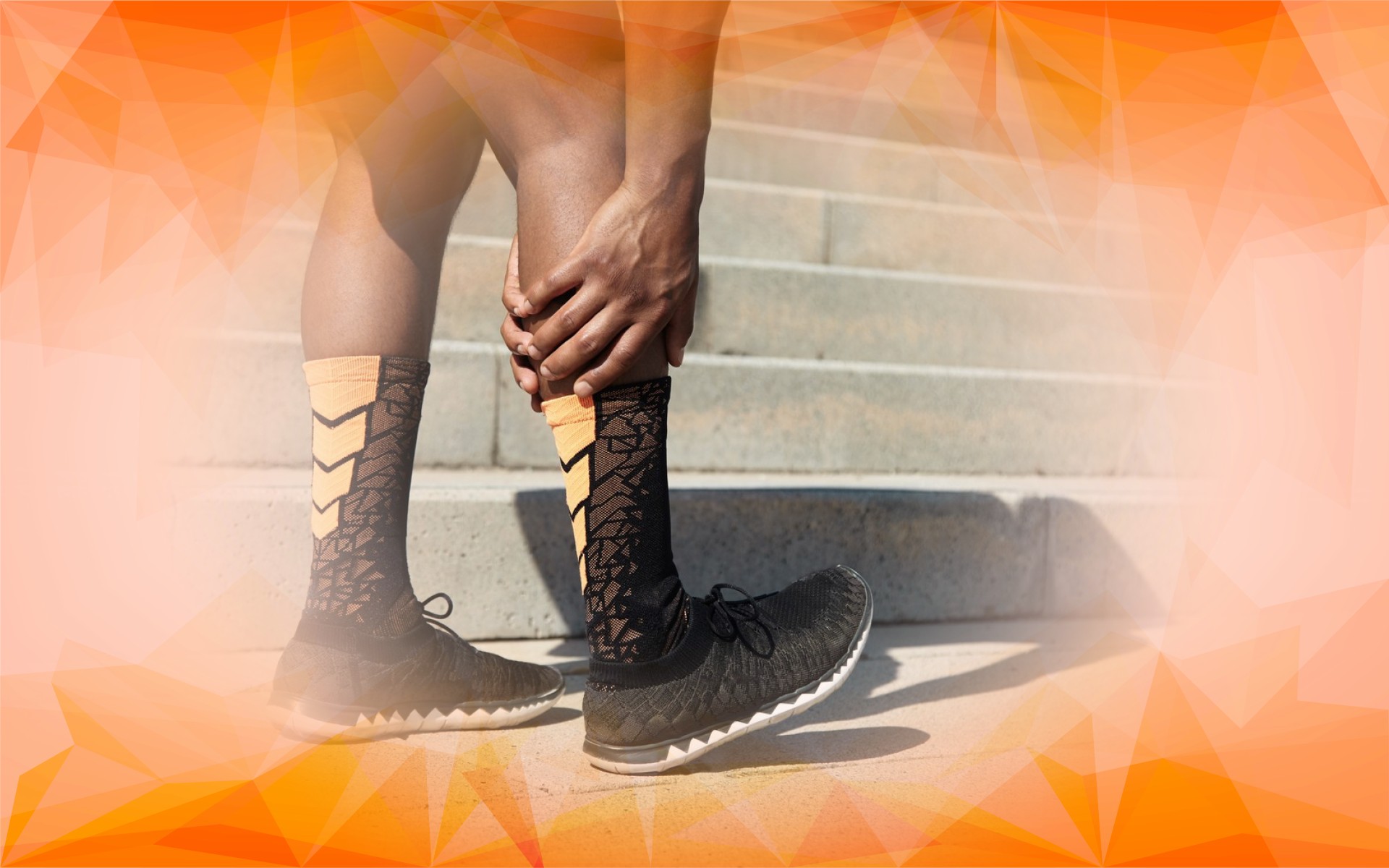Introduction
Osteoarthritis is the most common form of arthritis, often thought of as simply a “wear and tear” condition that comes with age. Traditionally, it’s linked to the slow breakdown of cartilage —the cushiony tissue in our joints—leading to pain and stiffness. But new research is starting to challenge this view, asking whether the immune system might play a more active role than we once realized. In this article, we’ll take a fresh look at knee osteoarthritis and ask: could it actually have an autoimmune component? By exploring the latest scientific discoveries, we’ll dig into whether our immune system could be a hidden player behind this familiar joint disease —and what that might mean for diagnosis and treatment in the future.
What is Osteoarthritis—and What is Autoimmunity?
Osteoarthritis happens when the cartilage in our joints slowly wears away, causing pain, swelling, and limited movement. It’s long been seen as a “degenerative” problem caused by injury, overuse, or aging. This sets it apart from autoimmune diseases like rheumatoid arthritis, where the immune system mistakenly attacks healthy tissues, leading to chronic inflammation.
Autoimmune conditions arise when the immune system gets confused and starts treating normal parts of the body as threats. For years, osteoarthritis wasn’t thought to involve this kind of immune misfire. But especially in the knee —the joint most commonly affected—some scientists are beginning to reconsider. Is immune system activity in osteoarthritis just a reaction to tissue damage, or could it be a driving force? Recent research is helping to shed light on this question.
Inflammation and the Immune System in Osteoarthritis
Osteoarthritis has often been called a “non-inflammatory” disease, but researchers now know that inflammation does play a role. When joint cartilage breaks down, it triggers the release of molecules called cytokines and chemokines, which draw immune cells like macrophages and T cells into the joint lining (the synovium). These immune cells can add to the cycle of tissue breakdown and pain .
Doctors diagnose osteoarthritis using exams, imaging tests, and sometimes joint fluid analysis to check for signs of inflammation. Studies have shown that immune cells in osteoarthritic joints are active and produce inflammatory chemicals. While this was once thought to be a side effect—a response to mechanical damage—newer findings suggest the immune system might sometimes be more than a bystander.
There’s also growing interest in how metabolism and immune function are connected in osteoarthritis . For example, vitamin D3, which helps regulate immune activity, may influence the development and progression of joint conditions. These insights point to a broader role for the immune system in degenerative joint diseases .
Why Focus on the Knee? The Immune System’s Role in Knee Osteoarthritis
The knee is a complex, weight-bearing joint and an easy target for cartilage wear and inflammation simply due to the stress it endures. When the knee is injured or stressed, it can trigger immune cells to flood the area. Occasionally, the immune system may even mistake damaged joint tissue for something foreign and react aggressively.
What’s especially interesting is that scientists have found autoantibodies—proteins usually linked with autoimmune diseases—in the joint fluid of some people with knee osteoarthritis . The presence of these autoantibodies hints that immune system confusion might play a part in the joint breakdown, opening the door to a new understanding of the disease.
Some large studies have also noticed that autoimmune diseases are more common in people with osteoarthritis . This connection has renewed interest in the idea that osteoarthritis , particularly in the knee, might involve immune malfunctions—and that patients with both conditions may be at higher risk for worse outcomes.
The Debate: Is Knee Osteoarthritis an Autoimmune Disease?
The theory that knee osteoarthritis could have autoimmune features is still up for debate. Supporters point out evidence such as autoantibodies, immune cell activity, and inflammation in affected joints—all of which tend to increase as the disease worsens. Intriguingly, genetic studies show that genes involved in other autoimmune diseases (like celiac disease, Crohn’s disease, ankylosing spondylitis , and rheumatoid arthritis) may also increase the risk for osteoarthritis . This hints at a possible genetic overlap.
Still, not everyone agrees. Some experts argue these immune responses are just the body’s way of trying to heal after injury —not the cause of the damage itself. Others note that osteoarthritis can vary so much between people, and that differences in research methods make results hard to compare. Many studies are small or short-term, which means more robust research is needed before strong conclusions can be drawn.
A Critical Look at the Research and What’s Next
Looking at the current research, we see a number of challenges. Many studies are short-term or small, making it difficult to say for certain whether immune activity is the cause or the result of joint damage . Different ways of diagnosing osteoarthritis and measuring immune activity further complicate the picture.
What’s clear is that metabolism, immunity, and mechanical stress all seem to interact in osteoarthritis , creating a complicated puzzle. Moreover, while there’s evidence that vitamin D and other immune regulators may play a role, we still need larger, carefully controlled studies to confirm how (or if) these factors can help prevent or treat the disease.
Nonetheless, the possibility that autoimmunity plays a role in knee osteoarthritis is exciting. It could mean that, one day, doctors will use blood tests and immune-targeted treatments—not just pain relief and physical therapy—to help patients with osteoarthritis . Ideally, new research will lead to earlier diagnoses and better, more personalized therapies.
For real progress, scientists will need to run larger, long-term studies and develop new ways of tracking just how mechanical stress, inflammation, and immunity interact in knee joints over time.
Conclusion
For decades, osteoarthritis was seen as nothing more than a result of aging and joint overuse. But mounting evidence suggests there might be more to the story—especially in the knee. The discovery of immune cells, autoantibodies, and inflammation in affected joints is encouraging researchers to rethink osteoarthritis as a more complex condition that may sometimes involve the immune system.
Although the question isn’t settled yet, this new way of looking at osteoarthritis offers hope for better diagnosis, prevention, and treatment. As scientists continue to untangle the links between immunity and joint health , we may be on the verge of a new era in how we tackle this common and sometimes disabling disease.
References
Jing, D., Lu, H. M., Zhou, X., Hong, W., & Wang, J. (2024). Association of autoimmune diseases with the occurrence of osteoarthritis: a gene expression and Mendelian randomization study. Frontiers in Medicine, 11. https://doi.org/10.3389/fmed.2024.1435312
Zhao, Z., Zhao, Y., Wang, Y., Xue, H., Du, J., & Cui, H. (2024). Osteoarthritis and autoimmune thyroid disease: A Mendelian randomization study. Research Square. https://doi.org/10.21203/rs-3.rs-4366584/v1
Szulc, M., Świątkowska‐Stodulska, R., Pawłowska, E., & Derwich, M. (2023). Vitamin D3 metabolism and its role in temporomandibular joint osteoarthritis and autoimmune thyroid diseases. International Journal of Molecular Sciences, 24(4), 4080. https://doi.org/10.3390/ijms24044080
Frequently Asked Questions
Knee osteoarthritis was traditionally seen as a degenerative ‘wear and tear’ condition. In contrast, autoimmune diseases such as rheumatoid arthritis involve the immune system mistakenly attacking healthy tissues. Recent research suggests the immune system may play a more active role in osteoarthritis than previously believed, especially in the knee joint.
Yes, some studies have found autoantibodies and increased immune cell activity in knee osteoarthritis. While this does not confirm osteoarthritis is autoimmune, it raises the possibility that immune system confusion might be involved. AMSK Clinic stays at the forefront of these developments, offering evidence-based care aligned with the latest discoveries.
When cartilage breaks down in the knee, it releases molecules attracting immune cells, which cause further inflammation. This inflammatory cycle contributes to tissue breakdown and pain. At AMSK Clinic, our specialists use advanced diagnostics to understand inflammation’s role in each patient’s osteoarthritis, ensuring tailored and up-to-date treatment plans.
AMSK Clinic combines clinical expertise, advanced imaging, and the latest scientific research to offer patients comprehensive osteoarthritis care. Our clinicians are experienced in recognising complex immune and metabolic factors, which allows us to provide more personalised and evidence-based treatment strategies centred on patient outcomes and comfort.
AMSK Clinic provides access to new and proven therapies, such as minimally invasive options and treatments like Arthrosamid® injections, which may reduce pain and improve joint function. Our multidisciplinary team ensures patients benefit from both established treatments and the very latest developments in joint care and immunological insights.



